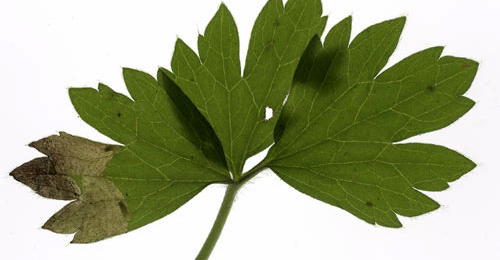|
||||||
|
Phytomyza
rydeni Hering, 1934 Phytomyza
rydeni Hering, 1934a. Z. PflKrankh. 44: 68 |
||||||||||||||||||||||||||||||||||||||||||||
Leaf-miner: Larva forms a primary blotch at the tip of a leaf segment (Spencer, 1976: 491). A brown primary blotch that may occupy an entire leaf segment. Frass dispersed. Primary and secondary feeding lines well visible. Pupation within the mine (Bladmineerders van Europa).
Larva: The larvae of flies are leg-less maggots without a head capsule (see examples). They never have thoracic or abdominal legs. They do not have chewing mouthparts, although they do have a characteristic cephalo-pharyngeal skeleton (see examples), usually visible internally through the body wall. The larva is described by de Meijere (1937) and illustrated in (Bladmineerders van Europa). Puparium: The puparia of flies are formed within the hardened last larval skin or puparium and as a result sheaths enclosing head appendages, wings and legs are not visible externally (see examples). Hosts in Great Britain and Ireland:
Hosts elsewhere:
Time of year - mines: Larvae in July-August (Hering, 1957); mid October (Bladmineerders van Europa). Time of year - adults: Currently unknown. Distribution in Great Britain and Ireland: Banff (Glen of Drumloch) and Inverness (Nethy Bridge) (Spencer, 1972b: 95). Distribution elsewhere: Widespread in continental Europe including Denmark, Sweden (Spencer, 1976: 491), The Netherlands (Bladmineerders van Europa), Estonia, Germany, Lithuania and Poland (Fauna Europaea). NBN Atlas links to known host species:
British and Irish Parasitoids in Britain and elsewhere:
|
|
|
|
| External links: | Search the internet: |
| Biodiversity Heritage Library Bladmineerders van Europa British leafminers Encyclopedia of Life Fauna Europaea NBN Atlas NHM UK Checklist |
Find
using Google Find using Google Scholar Find images using Google |
| Last updated 10-Jul-2019 Brian Pitkin | ||

